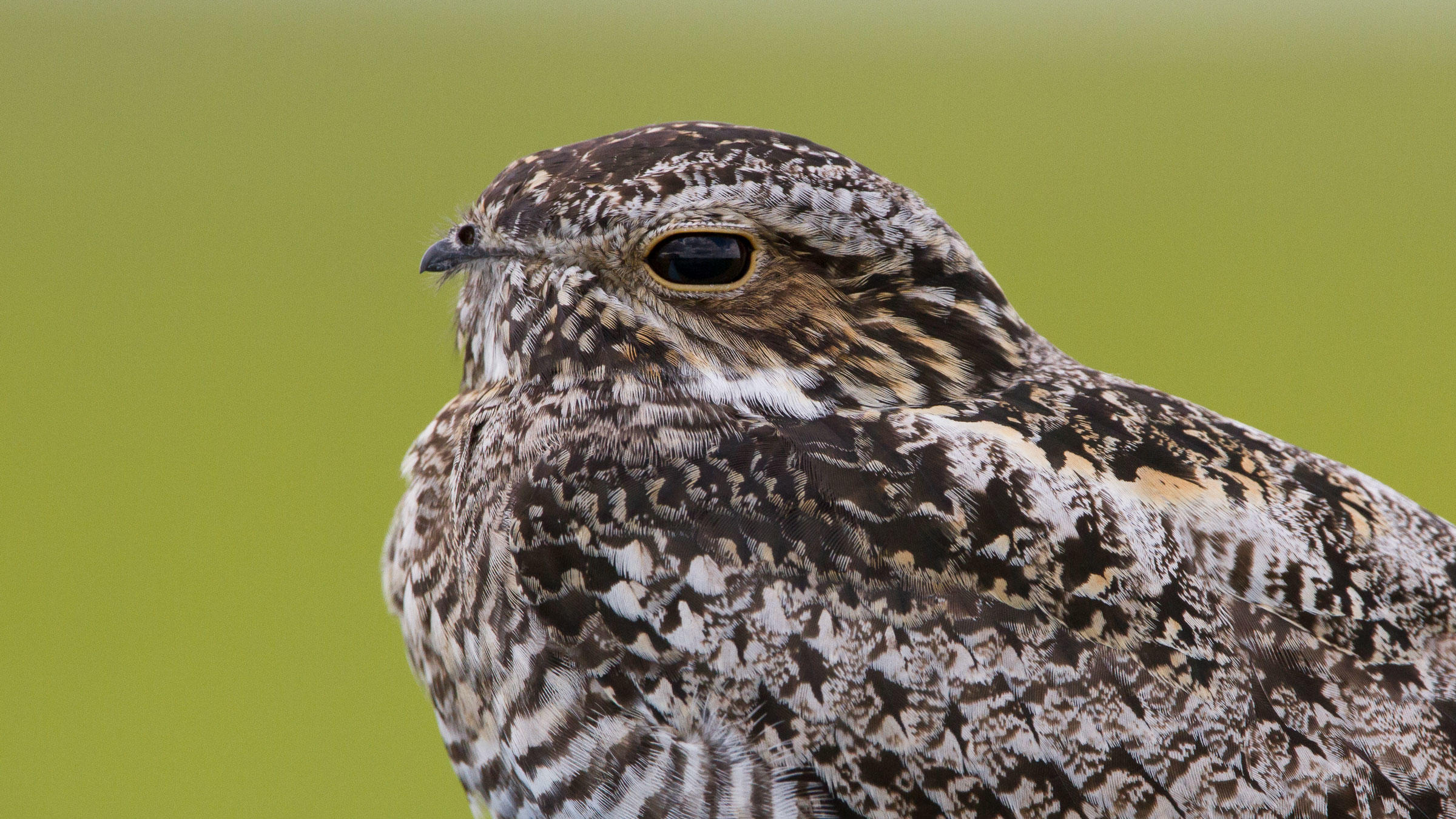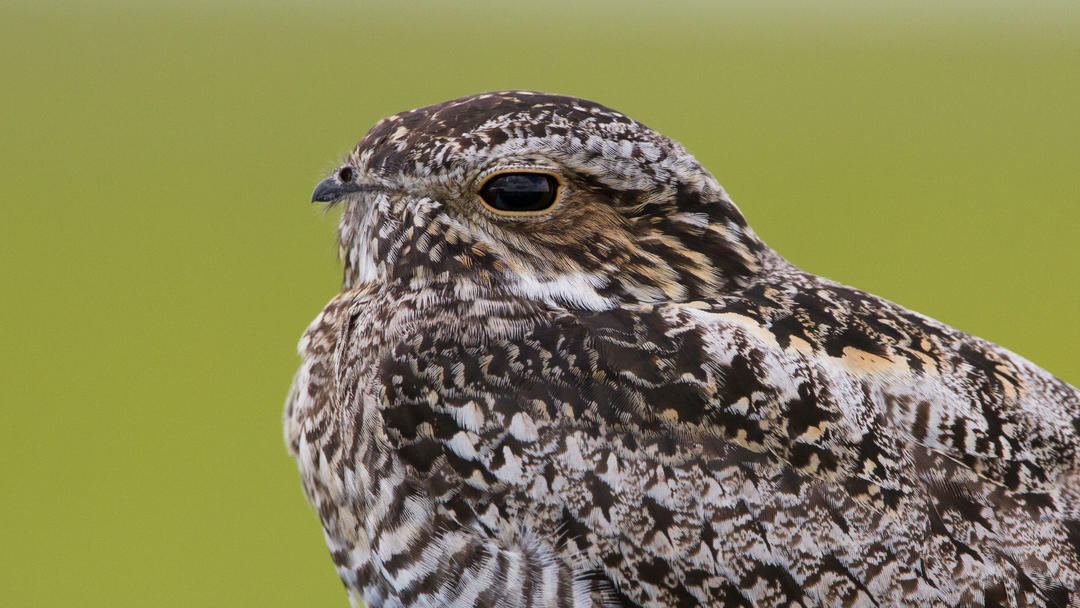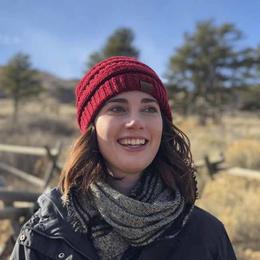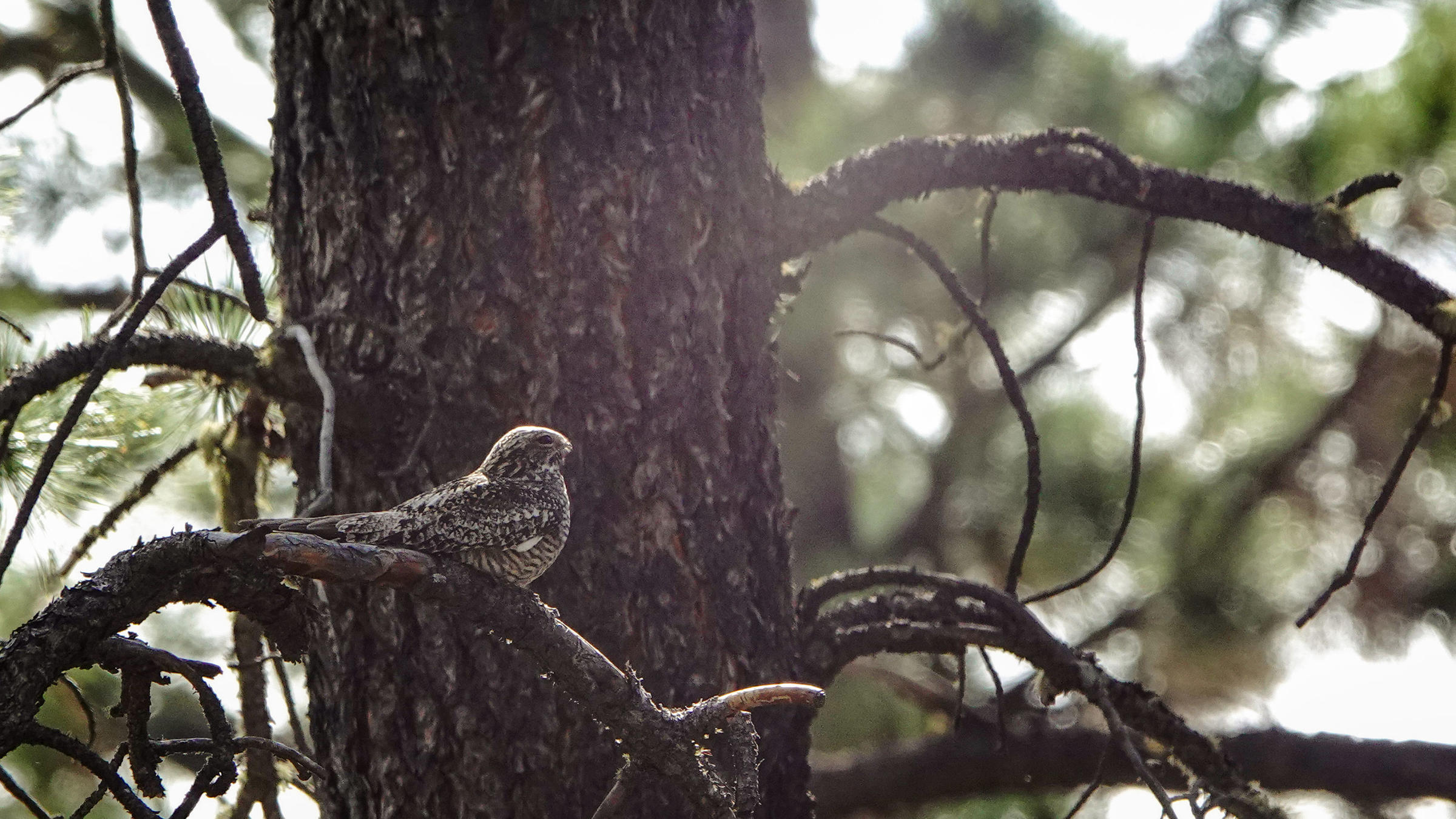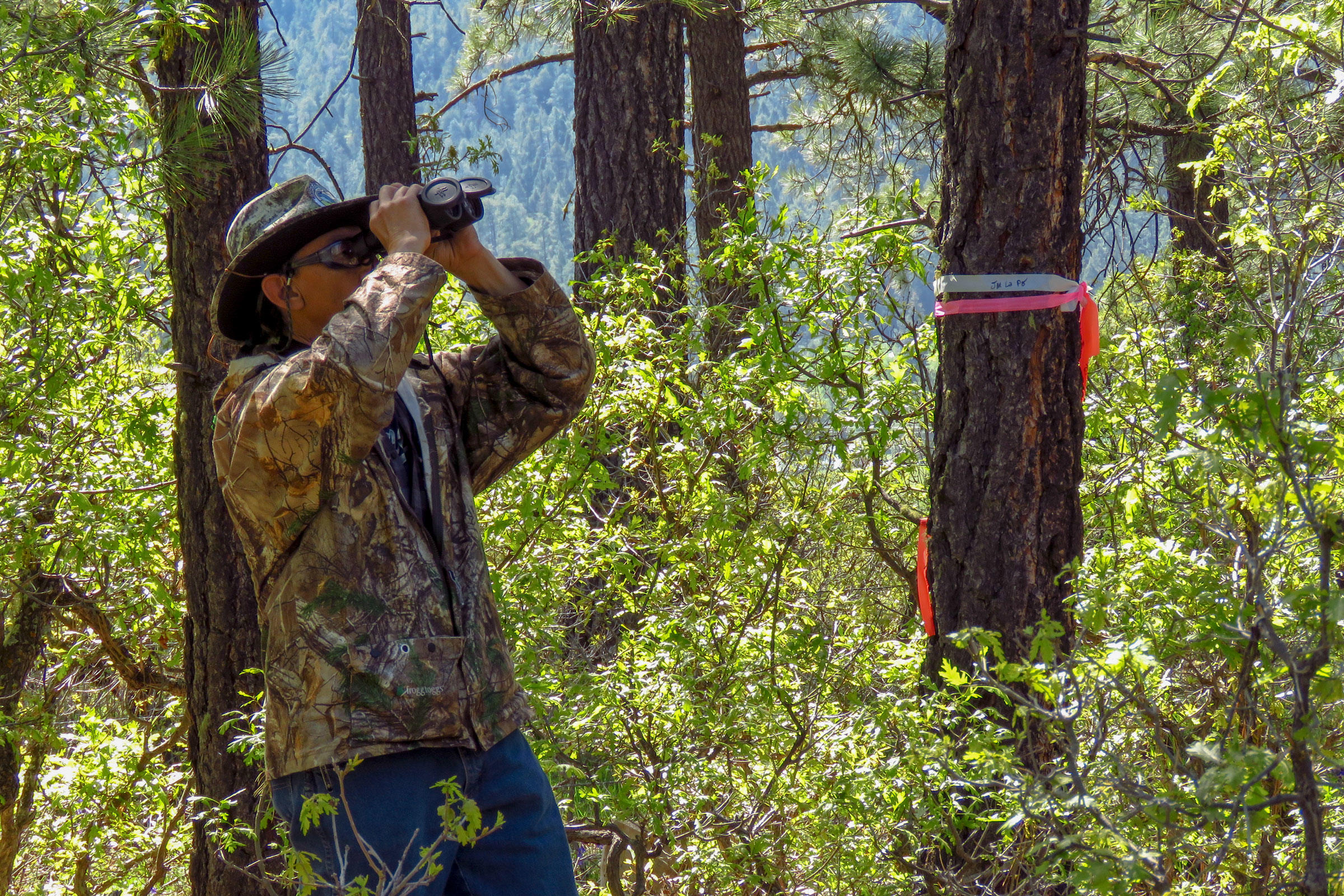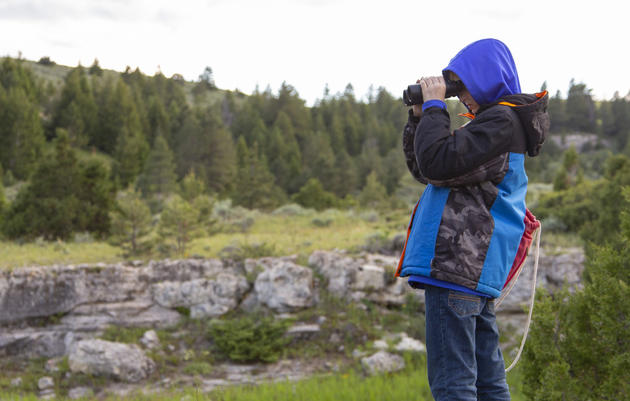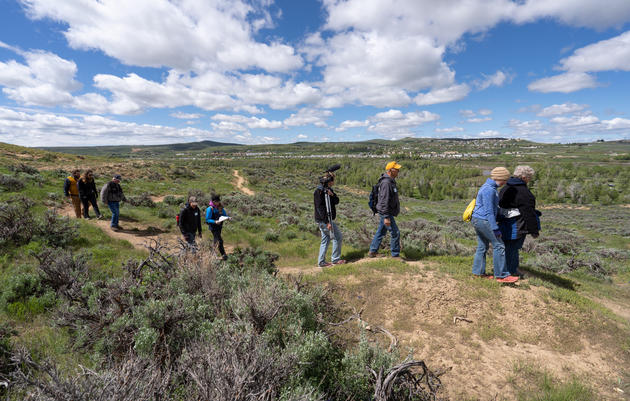Jean Zirnhelt, board president of the Weminuche Audubon Chapter, stands in a forest on the edge of Pagosa Springs, Colorado. In her group of community scientists, she silently listens, absorbed in her surroundings. Standing still, she soon hears the mewing call of a Green-tailed Towhee. Before long, the colorful bird pops out of the brush and hops into an opening. It is an exciting moment after hearing but not seeing this secretive bird several times before.
Zirnhelt is monitoring birds in support of a collaborative effort to prevent catastrophic wildfires in southwestern Colorado by actively managing the forest. The group is called the San Juan Headwaters Forest Health Partnership. Some partners include Mountain Studies Institute, the US Forest Service, the Colorado State Forest Service, Wildfire Adapted, Pagosa Area Water and Sanitation District, the San Juan Water Conservancy District, Weminuche Audubon Society, and Audubon Rockies.
Large swaths of the San Juan National Forest and Weminuche Wilderness area border Pagosa Springs. Mixed-aged stands of ponderosa pine with thick Gambel oak understory dominate the landscape. Due to years of fire suppression, these forests have grown unnaturally dense in fuels, creating a fire risk to the community. High-severity fires also threaten the habitat of birds like juncos, sparrows, and towhees in the brushy understory. To reduce this risk, project partners are strategically thinning the forest and conducting prescribed burns.
Weminuche Audubon Society chapter member Herb Grover and Audubon Rockies Community Naturalist Keith Bruno saw an opportunity to join the partnership by monitoring birds in the treated areas. This year, the chapter began monitoring birds in the burned areas to understand the bird community’s response, as well as an untreated area for comparison. “We’re not only providing data that helps us understand what is happening in the ecosystem surrounding the community, but we’re also promoting an understanding among our community members about the forest’s ecology,” said Grover, a professor of environmental science and biology.
To monitor the birds, a group is assigned a study loop with five different points. The team spends six minutes at each point and notes anything they see or hear within 50 meters. At least two people need to be in a group, with one person recording data, and at least one person must be skilled at identifying birds. The group returns to the same site four times over four weeks. Working together as community scientists, the groups teach each other new skills. “Some of us are better birders than others, so we can help each other learn,” said Zirnhelt.
Faced with tight budgets, agencies like the Forest Service aren’t able to commit time to bird monitoring, so they are supportive of the chapter’s work. “There is no baseline data for the treatment areas, so we’re measuring the effects by birding in these zones and hope to better understand how birds are responding to these forest treatments,” said Bruno. One special surprise found in a burned area was a Common Nighthawk nest with eggs and a few adults nearby. Bruno said it was a promising sign that the bird chose to nest in a treated area.
The group began monitoring in early June and concluded in early July. More than 40 percent of Weminuche chapter members were a part of the monitoring project and enjoyed the opportunity to monitor birds. Zirnhelt said the project brings the chapter closer together and that many people become better birders in the process. Next year, the chapter plans see how year-to-year variations in snowmelt and climate affect the study. “Members enjoy birding for a purpose, and it’s helpful for people to get outside and see what’s going on in our surrounding forests,” said Bruno.
Anyone of any bird-watching skillset is encouraged to join the monitoring group in Pagosa Springs. For more information and updates about next season’s bird monitoring plans, or to become a member, visit www.weminuchaudubon.org. To learn about other Audubon community science programs in Colorado, Wyoming, and Utah, click here.

